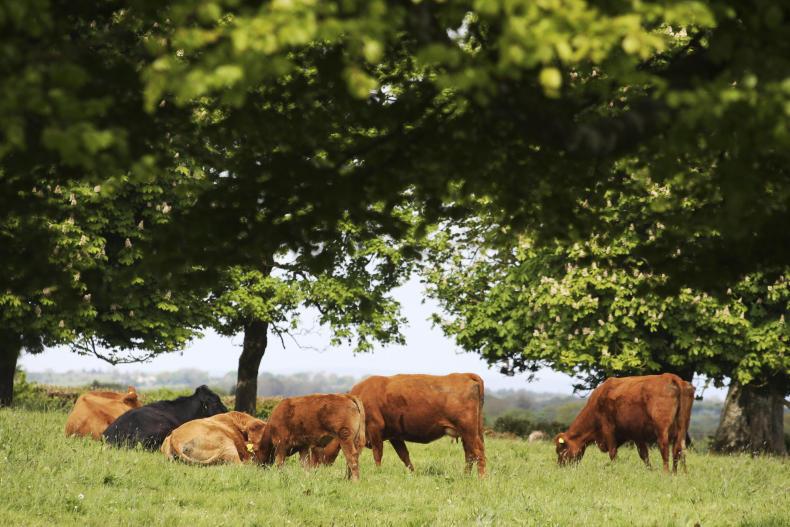The number of people receiving Farm Assist payments has fallen by more than 30% in the past five years, latest figures from the Department of Social Protection have revealed.
However, the number of people claiming the low-income support payment is expected to rise in the coming months as farm incomes suffer from a difficult 2016 and Budget 2017 changes come into effect.
The latest figures show that 7,886 people received Farm Assist in October 2016, compared with 11,333 people in 2011. In the past year, the number receiving Farm Assist payments has fallen by almost 11% from 7,886 to 8,823.
The maximum payment allowed under Farm Assist is €188 per week and eligibility for the means-tested payment is dependent on a farmer’s farm income and off-farm.
The fall in Farm Assist payment has mirrored a similar fall in the number of people claiming Jobseeker’s Allowance, according to the Department of Social Protection. Farm Assist numbers fell by 11% between October 2015 and October 2016, while the corresponding decrease in the number of people in receipt of Jobseeker's Allowance for the same period was approximately 13%.

Farm Assist changes
The current maximum rate of payment is €188 per week and this will be increased to €193 on 8 March 2016, according to the department.
The current increase for an adult dependant is €124.80 (maximum rate) and this will increase to €128.10 on 8 March 2017. The rate of payment for each child dependant is €29.80 per week.
As part of Budget 2017, Minister for Social Protection Leo Varadkar announced that farm income and other income from off-farm self-employment would be assessed at 70%, down from 100%, for Farm Assist, with an additional annual disregard of €254 for each of the first two children and €381 for the third and other children.
These changes are set to take effect in March and the IFA’s rural development chair Joe Brady said that IFA will be meeting the Department of Social Protection to ensure that these increases are made automatically.
“Farm Assist is a vital support for low-income farmers and, given the difficult year that farmers have faced in 2016, combined with the more favourable changes in the calculation to determine Farm Assist, IFA expects the numbers to increase,” said Brady.
He also called for an end to the three-year limit on places in the Rural Social Scheme and a change to the age limit of 25 years as securing the numbers in peripheral areas was proving “very difficult”.
Farm Assist peak
Farm Assist payment reached a peak in 2011, when the total number of beneficiaries that year was 26,909.
Some 11,333 people received Farm Assist, of which 5,213 farmers received an increased payment in respect of a qualified dependant adult and an increase for a qualified dependant child in respect of 10,363 children.
Many of those who received Farm Assist at its peak were smaller and part-time farmers who had lost their off-farm job in construction and whose income was reduced as a result.






 This is a subscriber-only article
This is a subscriber-only article











SHARING OPTIONS: